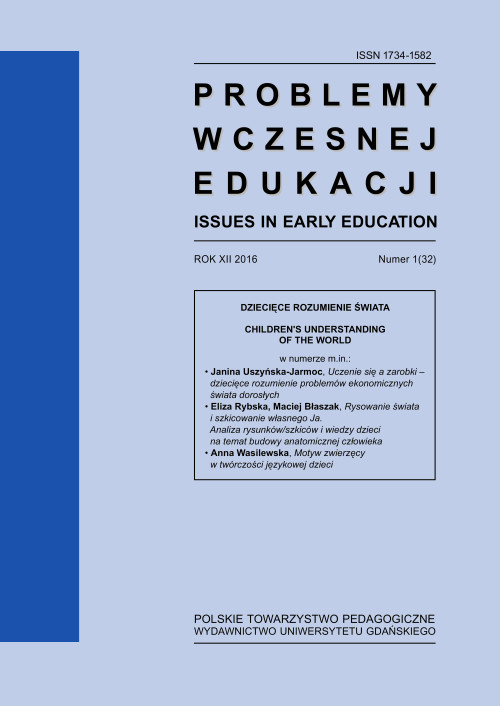Life saving science: English four-year olds’ understanding of injuries and the appropriate first aid treatment
DOI:
https://doi.org/10.5604/01.3001.0008.5637Słowa kluczowe:
science curriculum, first aid knowledge, young children, health educationAbstrakt
This small study conducted by an experienced First aid instructor and science educator sought to establish a baseline pilot study of what actions were observed and identified as injuries and subsequent first aid. A class of 29 four-year-old children were shown 8 nine inch tall Teddy Bears, dressed as World War I pilots. Each Teddy Bear with a simulated injury was shown by the researcher to the child and asked, what could be done to help each injured Teddy. Their responses were recorded by writing and analysed by a read and re-read process with a goal to establish the categories of the child’s rationale for their responses for reason of injuries and actions. A simple appropriate approach was then discussed with each child. The data indicated that children’s main solution to treatment was to ‘put on a bandaid’. The results showed that children had little comprehension of further treatment.

 Uniwersyteckie Czasopisma Naukowe
Uniwersyteckie Czasopisma Naukowe





